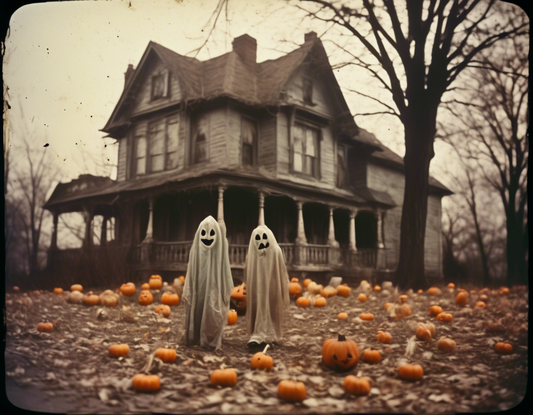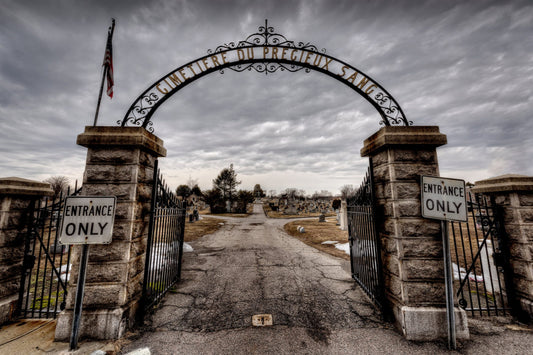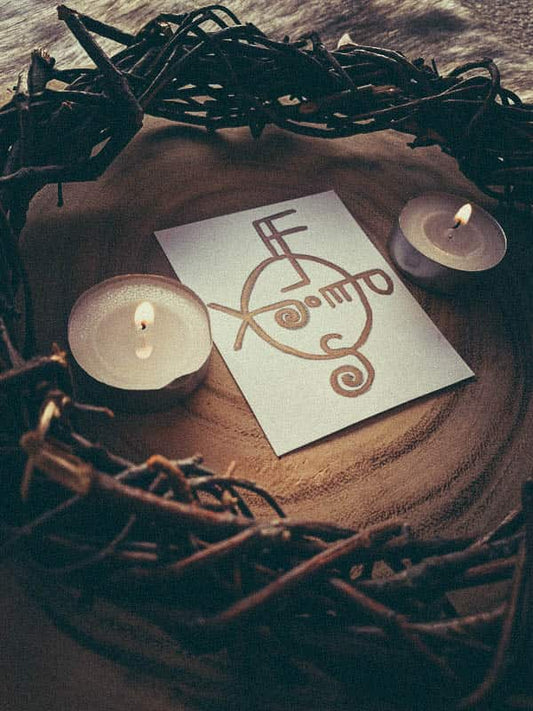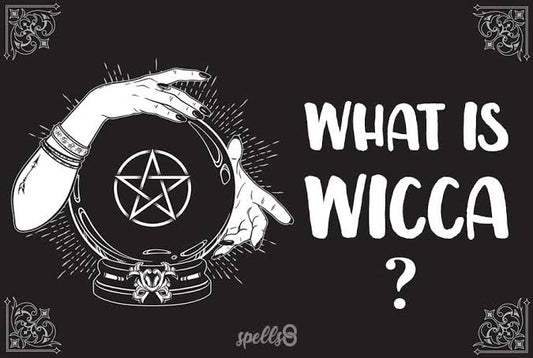
Wicca, a modern pagan religious movement, has captivated the hearts and minds of many with its deep connection to nature, reverence for the divine, and rich traditions. In this grimoire post, we will delve into the world of Wicca, exploring its traditions, its influence on other religions and holidays, and what it means to those who practice it. We will also discuss how Wicca is intertwined with the practice of witchcraft.
Traditions of Wicca
Wicca draws inspiration from ancient pagan practices, particularly those associated with witchcraft and nature worship. It embraces a diverse range of traditions, each with its unique rituals and beliefs. Some of the well-known Wiccan traditions include Gardnerian, Alexandrian, Dianic, and Eclectic Wicca.
Gardnerian Wicca, founded by Gerald Gardner in the mid-20th century, is considered one of the earliest and most influential traditions. It places emphasis on the worship of a Horned God and a Triple Goddess, as well as the practice of ceremonial magic and initiation rituals.
Alexandrian Wicca, established by Alex Sanders in the 1960s, incorporates elements from Gardnerian Wicca while also incorporating ceremonial magic and Qabalah. It places a strong focus on the polarity of male and female energies and the balance between them.
Dianic Wicca, founded by Zsuzsanna Budapest, places an exclusive emphasis on the divine feminine. It celebrates and honors the Goddess in her various forms and focuses on women's spirituality, empowerment, and social issues.
Eclectic Wicca, as the name suggests, allows practitioners to draw from various traditions and customise their practice to suit their individual beliefs. It encourages personal exploration and experimentation, embracing a flexible approach to spirituality.

Influence on Other Religions and Holidays
Wicca has had a significant influence on other religions and holidays, particularly in the realm of neopaganism and the revival of ancient spiritual practices. Many modern pagan and earth-centered traditions have drawn inspiration from Wicca's emphasis on nature worship, seasonal celebrations, and the divine feminine.
One notable holiday influenced by Wicca is Samhain, celebrated on October 31st. It originated as a Celtic festival marking the end of the harvest season and the beginning of winter. Wicca's celebration of Samhain, also known as the Witches' New Year, emphasizes honoring ancestors, communing with spirits, and embracing the cycle of life and death.
Beltane, celebrated on May 1st, is another holiday influenced by Wicca. It marks the arrival of summer and is associated with fertility, love, and the sacred union of the God and Goddess. Many modern pagan traditions, including Wicca, celebrate Beltane with bonfires, dancing, and rituals to honor the growth and abundance of the Earth.
Wicca's emphasis on the divine feminine and the Goddess has also influenced feminist spirituality and goddess worship movements. It has sparked a resurgence of interest in reclaiming the sacred feminine and reevaluating the role of women in spirituality and society.
Connection to Witchcraft
To Wiccans, Wicca is more than just a religion; it is a way of life that embraces harmony with nature, personal empowerment, and the pursuit of spiritual growth. Wiccans revere the Earth as a living entity, viewing all of nature as sacred and interconnected. They strive to live in harmony with the natural cycles and honor the divine in all its forms.
Witchcraft, often referred to as "the Craft," is an integral part of Wicca. Wiccans practice witchcraft as a means of manifesting their desires, connecting with the divine, and working in harmony with natural energies. Witchcraft in Wicca is not synonymous with evil or malicious intent but rather a way to harness personal power, intuition, and the natural forces of the universe.
Wiccans engage in various practices such as spellwork, divination, herbalism, and ritual magic. These practices are aimed at personal transformation, healing, and promoting positive change in the world. Wiccans believe in the ethical use of magic, adhering to the Wiccan Rede, which states, "An it harm none, do what ye will."
Wicca is a vibrant and diverse spiritual path that celebrates nature, honours the divine feminine, and embraces the practice of witchcraft. With its rich traditions, influence on other religions and holidays, and deep personal meaning to its practitioners, Wicca continues to inspire and empower individuals on their spiritual journeys. Whether one chooses to follow a specific tradition or forge their own path, Wicca offers a tapestry of wisdom, connection, and reverence for the Earth and its mysteries.

Wiccan Symbols
Symbols play a crucial role in Wicca, serving as visual representations of spiritual concepts, energies, and intentions. They hold deep meaning and are used to enhance rituals, empower spells, and connect with the divine. In this article, we will explore some common Wiccan symbols, their meanings, and when to use them in Wiccan practice.
Here are some examples:

Pentacle
The pentacle is one of the most recognised symbols in Wicca. It is a five-pointed star enclosed in a circle. Each point represents one of the five elements: earth, air, fire, water, and spirit. The pentacle symbolises the interconnectedness and balance of these elements. It is often used in rituals for protection, grounding, and invoking elemental energies.

Triple Goddess Symbol
The Triple Goddess symbol represents the three aspects of the divine feminine: the Maiden, the Mother, and the Crone. The waxing moon, full moon, and waning moon are also associated with these aspects. The Triple Goddess symbolises the cycles of life, growth, wisdom, and transformation. It is used to honour the divine feminine, invoke feminine energy, and celebrate the stages of womanhood.
The Maiden aspect of the Triple Goddess symbolizes youth, new beginnings, and potential. She is associated with the waxing moon, budding flowers, and the energy of spring. The Maiden represents innocence, curiosity, and the excitement of embarking on new journeys. She represents the youthful aspects of femininity, embodying qualities such as independence, exploration, and creativity.
The Mother aspect of the Triple Goddess symbol represents fertility, nurturing, and the energy of creation. She is associated with the full moon, the abundance of summer, and the blooming of life. The Mother embodies the nurturing and caretaking qualities of femininity, symbolizing love, compassion, and the power to bring forth life. She is a source of stability, protection, and unconditional love.
The Crone aspect of the Triple Goddess symbol signifies wisdom, maturity, and the energy of transformation. She is associated with the waning moon, the falling leaves of autumn, and the introspective nature of winter. The Crone represents the culmination of life experiences, embodying qualities such as intuition, insight, and knowledge. She symbolizes the wisdom that comes from embracing life's challenges and transformations. The Crone is a guide and mentor, offering guidance and support during times of personal growth and spiritual exploration.

Horned God Symbol
The Horned God symbol represents the masculine divine energy in Wicca. It is often depicted as a horned figure, symbolising the connection to nature and the wild. The Horned God represents strength, fertility, vitality, and the cycles of life and death. This symbol is utilised in rituals to honour the masculine energy, invoke masculine qualities, and connect with the primal forces of nature.
Wheel of the Year
The Wheel of the Year symbolises the annual cycle of seasonal festivals in Wicca. It is represented as a circular diagram divided into eight segments, each corresponding to a significant Sabbat or holiday. The Wheel of the Year marks the solstices, equinoxes, and the cross-quarter days. It is used to celebrate and honour the changing seasons, harness the energies of specific times of the year, and connect with the natural rhythms of the Earth.
Elemental Symbols
Wicca recognises the importance of the four elements: earth, air, fire, and water. Each element has its own symbol and represents different energies and qualities. The elemental symbols are often used in rituals to invoke specific elemental energies, call upon the powers of nature, and create balance. They can also be incorporated into spells, altar setups, and divination practices.
It is important to note that the use of symbols in Wicca is personal and can vary among practitioners. The timing and appropriateness of using symbols depend on the intention and purpose of the ritual or spell. For example, if performing a ritual for abundance and prosperity, one may choose to incorporate the pentacle, as it represents the element of earth and material manifestations.
Symbols in Wicca serve as potent tools for focusing intent, connecting with divine energies, and harnessing the powers of nature. Whether used individually or in combination, these symbols carry deep meaning and significance, helping Wiccans establish a sacred connection with the spiritual realms and the natural world.





